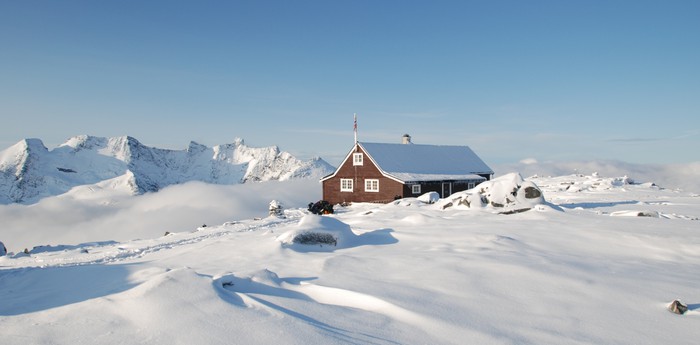With the population of the planet constantly on the rise, it would be understandable to assume there are very few truly remote places left to live on earth. Every continent now has huge cities bustling with millions of people, along with more and more towns and villages appearing every year. If you thought there were no truly remote places left to explore though, you’d be wrong. There are still parts of the planet that have hardly been touched by humankind, whether that be due to their remote location or incredibly harsh weather conditions. Here is a list of 10 of the most remote places to live on earth.
Alert, Nunavut. Canada

Alert is a small village located in the far north of the Nunavut region in Canada. In terms of remoteness, Alert is pretty high on the list, sitting just 500 miles below the North Pole. Due to its location, the village sees incredible extremes in the seasons, with 24 hours of daylight in the summer and 24 hours of darkness in the winter. Temperatures in the winter can drop as low as -40 degrees, making the village a very tough place to live. Alert is believed to have just five ‘year-round’ residents and is home to a Canadian radio receiving facility and weather monitoring station. It is believed to be the northernmost permanently inhabited place on earth, with the nearest village approximately 1,300 miles away and the nearest city over 2,000. That’s a long way to go if you run out of toilet paper!
Ittoqqortorrmiit. Greenland
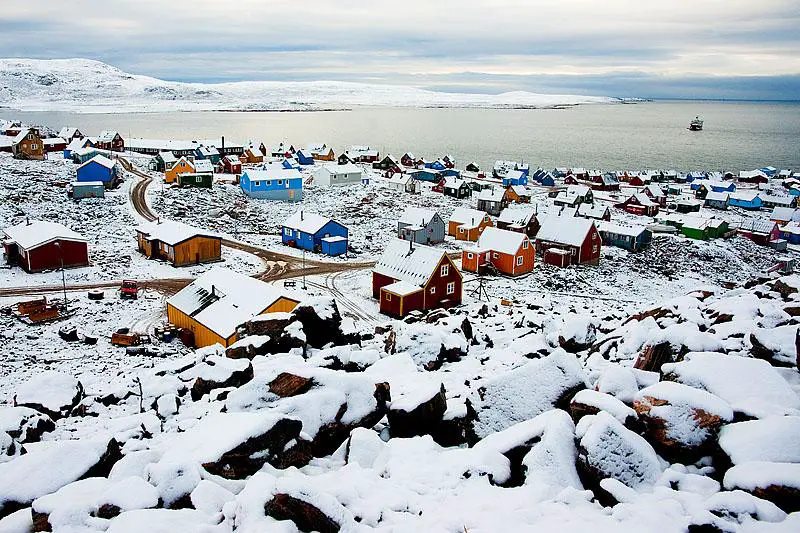
This small village on the east coast of Greenland not only has one of the hardest pronounceable names in the world but is also one of the most remote places to live. Greenland itself only has a tiny population (considering it’s the largest island in the world) of 57,000 people, with just 452 living in Ittoqqortorrmiit. The village is surrounded by sea but is inaccessible by boat for 9 months of the year, when the temperatures drop so low that the sea freezes. There is a local airport around 25 miles from the village but flights are extremely rare. The inhabitants may have extreme and lonely conditions to contend with but they certainly have plenty of space available. The village is located in a district that is approximately the size of England, meaning the residents have around 150 square miles of land each!
McMurdo Station. Antarctica
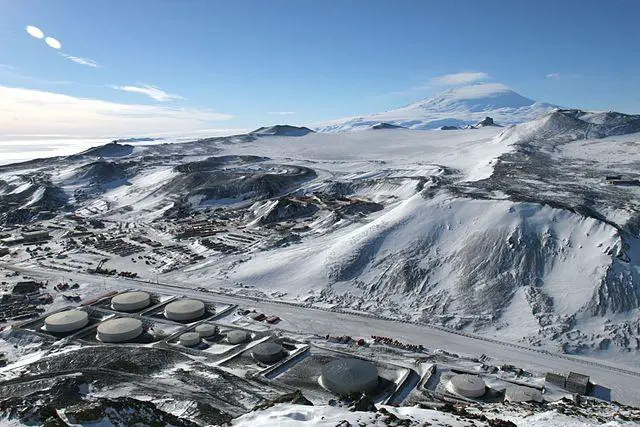
Antarctica is known as one of the most inaccessible locations on the planet and McMurdo Station is a research facility based on the northern tip of this remote continent. Although Antarctica has no native inhabitants, there are around 1,200 research scientists who call McMurdo Station home, mainly during the warmer summer months. The station is in an almost constant frozen state but recent developments have improved the facilities considerably. In the past, it could take months to reach the research facility by boat but three new airstrips have changed things dramatically. The station’s residents now enjoy such luxuries as television and even a gym!
Motuo County. China
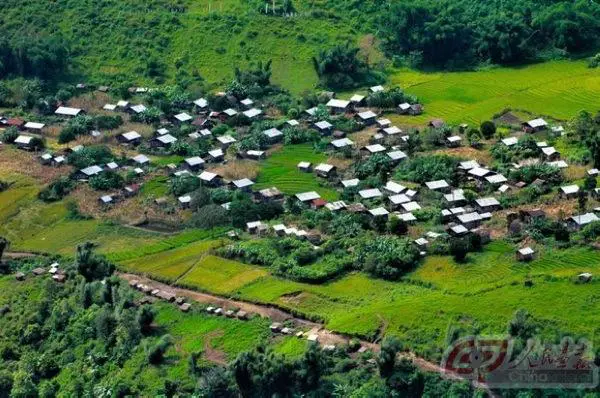
Motuo is considered the only county in China without a single road leading to it. This has left the region almost untouched by the modern world. In order to reach the county, travelers must trek across the Himalayas before crossing a 200m long suspension bridge into Motuo. The region is said to have the most breathtaking landscapes in the whole of Asia and is home to thousands of different species of plants. Previous attempts have been made to build a road to Motuo but the extreme weather conditions and unsteady terrain have led to mudslides and avalanches destroying any such efforts. Motuo really is one of the world’s last untouched gems.
Oymyakon. Siberia
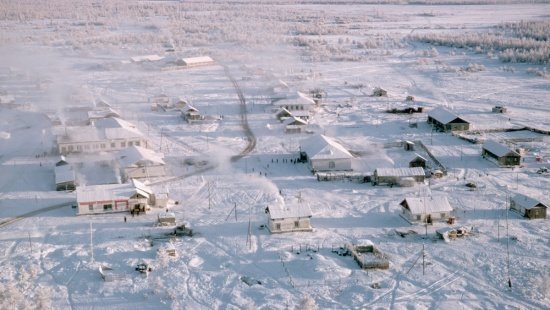
In terms of cold places to live, Oymyakon in Siberia is pretty much top of the list. The small village in the north of Russia has a population of just 521 and is in an almost constant frozen state all year round. Oymyakon is also known for recording the lowest temperature on earth for any permanently inhabited location. A temperature of -71 degrees was recorded by a Russian scientist in 1924. The average temperature in January is -50 degrees. This has led to the local residents living off a diet of reindeer and horse meat as nothing can grow in the constantly frozen ground.
Tibetan Plateau. China
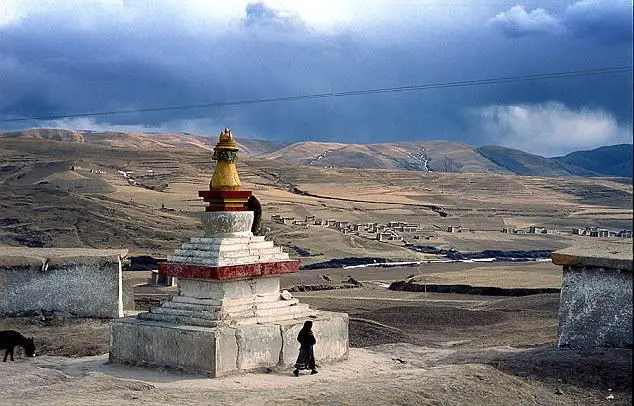
The Tibetan Plateau is often referred to as ‘the Roof of the World’, as it is officially the largest and highest plateau on earth. It is surrounded by mountains, with the Himalayas to the south, the Kunluns to the north and the Qilians to the east. A study in 2009 named the Tibetan Plateau as the most remote place on earth. The study concluded that in order to get to a city with a population of 50,000 or more, a person would have to travel for 3 weeks straight; 1 day by car and the remaining 20 days by foot. It is without doubt one of the most remote places to live on earth.
La Rinconada. Perú

This remote mountain city is located at just under 17,000 feet in the Peruvian mountains and is officially the world’s highest city. It has a surprising population of around 30,000 residents, most of whom are involved in the business of gold mining. With all those inhabitants, La Rinconada may not seem that remote but the city is located on a permanently frozen glacier and has no airport to speak of. The only way to access the city is by truck, up incredibly hazardous mountain roads. Not a good place to live if you’re scared of heights!
Bouvet Island. South Atlantic Ocean
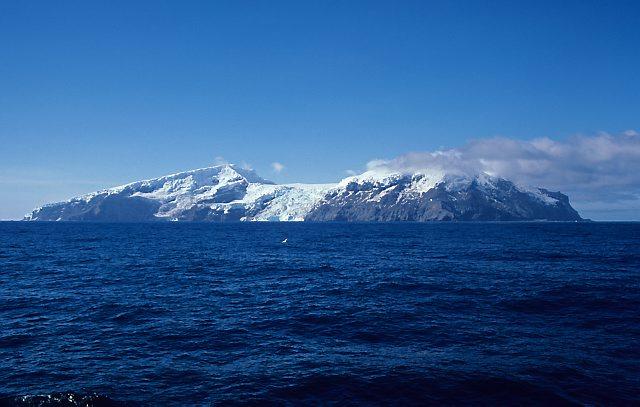
If you are looking for a place with complete isolation, then Bouvet Island may be the ideal location. The island is situated in the South Atlantic Ocean, with the nearest land being Antarctica’s Queen Maud Land over 1,000 miles away. The island has no permanent residents, has an inactive volcano at it’s centre and is 93% covered by glacier ice. The island was also the location for the 2004 film “Alien vs Predator”, which may go some way to explaining why it has its own internet country code.
Pitcairn Island. South Pacific Ocean
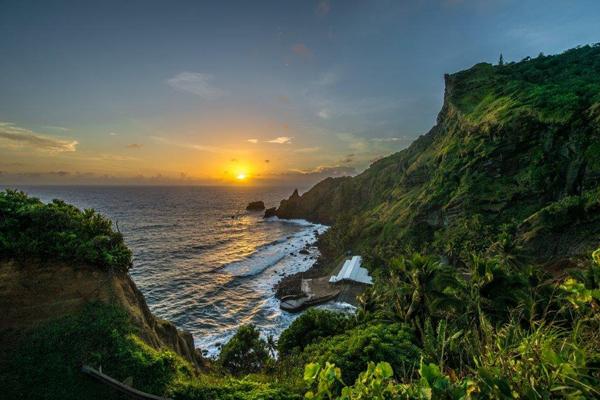
Pitcairn is located right in the centre of the Pacific Ocean and is home to a population of around 50 people, many of whom are thought to have descended from the crew members of the HMS Bounty. The closest neighbouring islands to Pitcairn are Tahiti and the Gambier Islands to the west but these are still many hundreds of miles away. The island has no airstrip and is only accessible by boat, which takes as long as 10 days from the mainland of New Zealand!
Tristan Da Cunha. South Atlantic Ocean
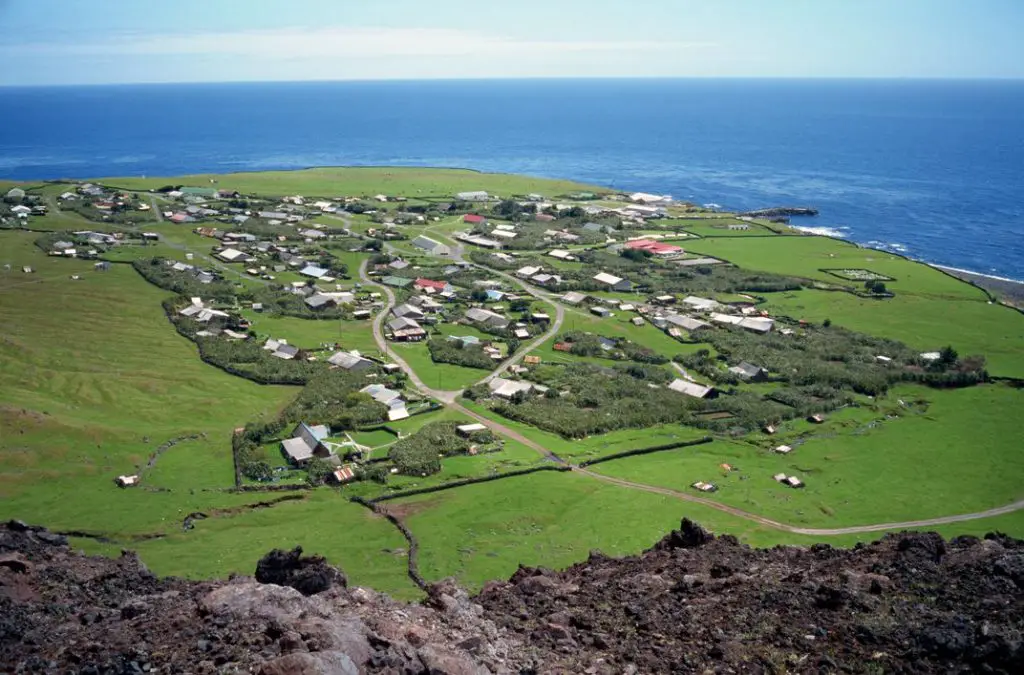
If you are looking for real isolation, then Tristan Da Cunha may well be your number one choice. These small group of islands are located in the South Atlantic Ocean, right in between South America and Africa. To put into perspective just how isolated these islands are, the nearest inhabited land, Saint Helena, is located over 1,200 miles away. The nearest continent, Africa, lies around 1,500 miles to the east and South America is a further 2,000 miles to the west. Despite its incredible isolation, Tristan Da Cunha actually has a population of over 270 people, most of whom are farmers and craft makers. The rocky terrain of the island means that no airstrip can be built and the only access is via boat. British transport ships used to regularly travel from South Africa to the islands but now they are only serviced by fishing boats from South Africa eight or nine times a year. Despite all of the above, the main island, Tristan, does manage to have access to a few television stations and can even connect to the internet via satellite.




